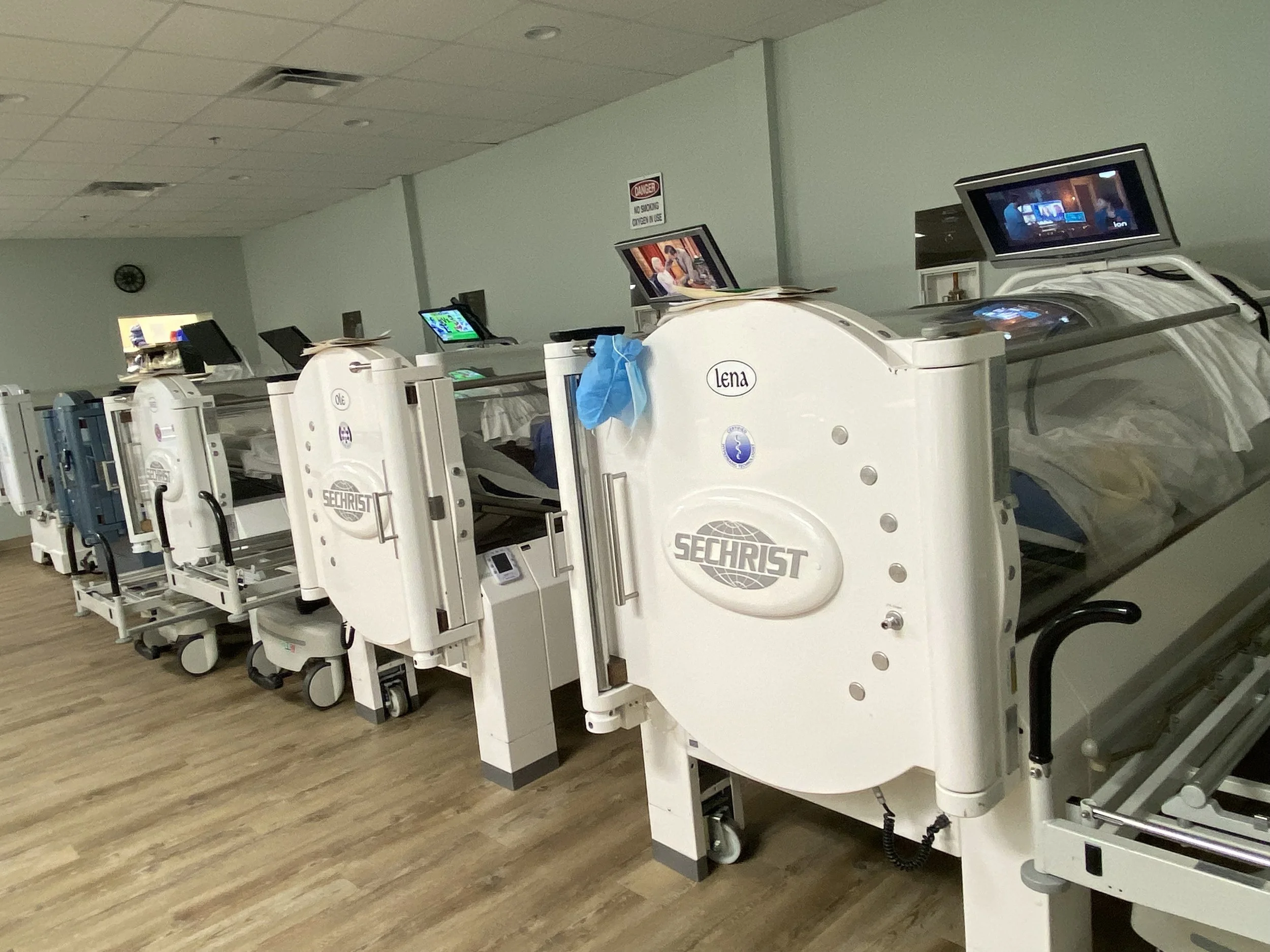Despite being FDA-approved for multiple medical conditions and backed by decades of clinical use, hyperbaric oxygen therapy (HBOT) remains one of the most misunderstood—and underutilized—treatments in modern medicine. Too often dismissed as niche or experimental, HBOT is a powerful, evidence-based therapy that can significantly improve outcomes for complex, non-healing wounds and other chronic conditions. The disconnect between what hyperbarics can offer and how it’s perceived represents one of the greatest missed opportunities in patient care today.
Most providers receive little to no meaningful exposure to HBOT during their medical training, often encountering it only as a footnote in discussions about decompression sickness or advanced wound care. As a result, misconceptions persist—ranging from viewing HBOT as outdated to assuming it’s appropriate only in rare or extreme scenarios. In reality, hyperbaric therapy plays a vital role in treating diabetic foot ulcers, radiation-induced tissue damage, compromised grafts and flaps, and a range of ischemic conditions where oxygen delivery is impaired and healing is stalled. For patients at risk of amputation or prolonged complications, HBOT is not just helpful—it can be limb-saving and life-altering.
The Cost of Misunderstanding
This widespread misunderstanding has serious clinical and financial implications. Many patients undergo months of ineffective wound care or repeated hospitalizations before HBOT is even considered. By the time they are referred, their condition may have deteriorated to the point where advanced therapies are less effective—or no longer viable. In some cases, avoidable amputations occur simply because providers weren’t aware of the benefits or indications of HBOT.
From a health system perspective, delayed or absent referral to hyperbaric therapy increases the overall cost of care, prolongs healing timelines, and undermines value-based care initiatives. What could have been managed in an outpatient wound center with coordinated hyperbaric treatment becomes a complex inpatient episode, burdening hospitals, payers, and patients.
When to Refer
HBOT is not a one-size-fits-all solution—but when used appropriately and in a timely manner, it significantly improves healing outcomes. Providers should consider referrals when patients meet any of the following indications:
Diabetic foot ulcers classified as Wagner grade III or higher
Chronic radiation injuries (e.g., cystitis, proctitis, osteoradionecrosis)
Compromised skin grafts or flaps with poor perfusion
Non-healing wounds refractory to standard therapy
Soft tissue infections, such as necrotizing fasciitis
Acute arterial insufficiencies or crush injuries
The key is not waiting until a wound is declared a “failure.” HBOT should be viewed as an integral part of the treatment plan—especially when comorbidities like diabetes, peripheral vascular disease, or prior radiation are present.
Changing the Narrative
If we are to close the gap between potential and practice, we must shift the narrative around hyperbaric therapy—from skepticism to understanding, from delay to proactive integration. That begins with educating providers on the science behind HBOT: how oxygen under pressure stimulates angiogenesis, enhances leukocyte activity, suppresses anaerobic infection, and accelerates tissue regeneration. It also requires establishing clear referral protocols within health systems and wound care networks so eligible patients can access treatment without unnecessary delays.
Ultimately, HBOT is not fringe medicine. It is not a last resort. It is proven, precise, and powerful—and it deserves a place at the table alongside the best practices in advanced wound management. The longer we allow misperceptions to shape its use, the more patients will suffer preventable outcomes. It’s time to treat hyperbarics not as a question mark, but as the clinical asset it truly is.
At WoundCentrics, we’re not just managing wounds, we’re pushing healing forward.

